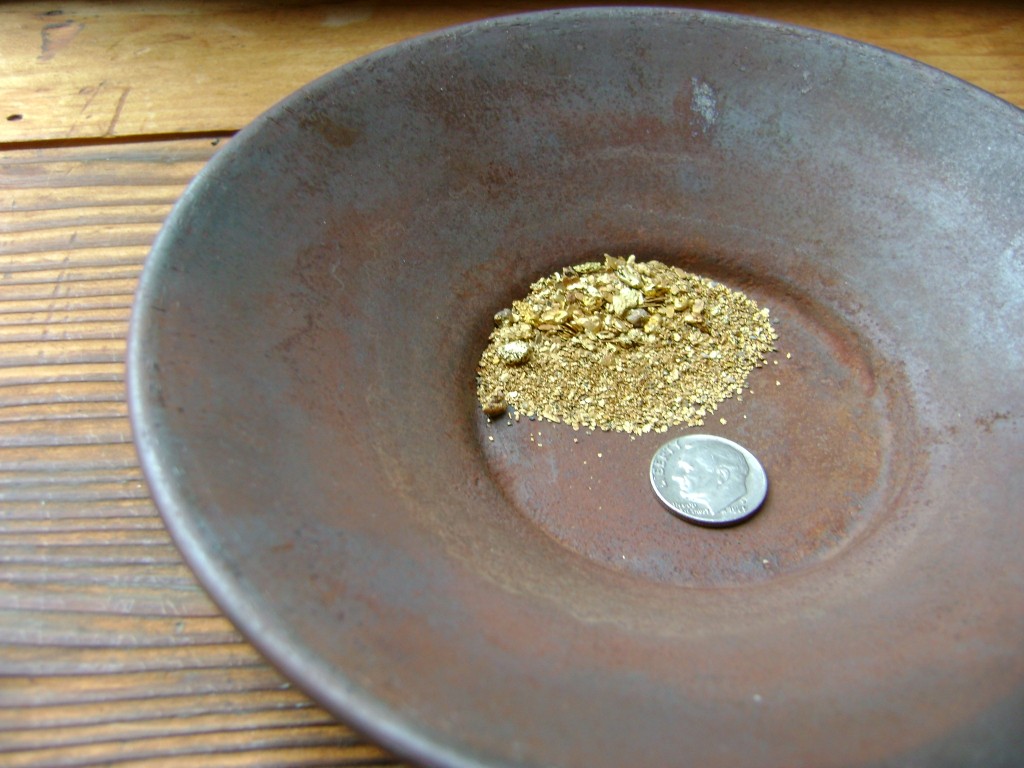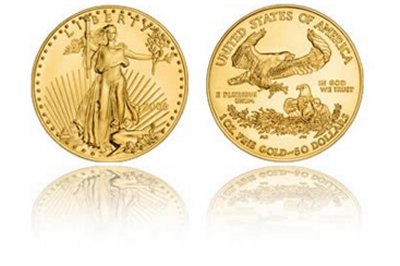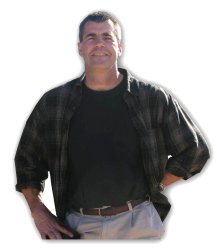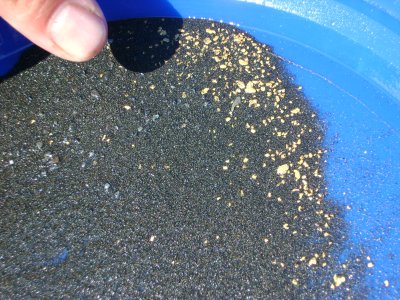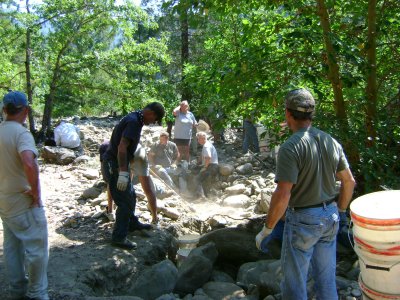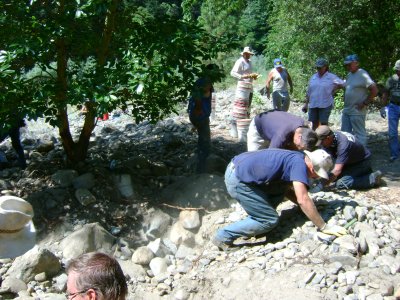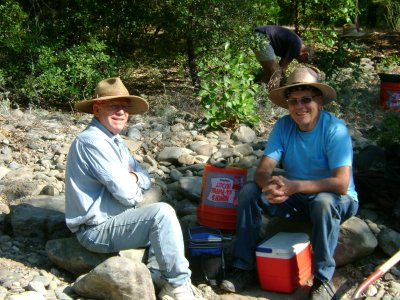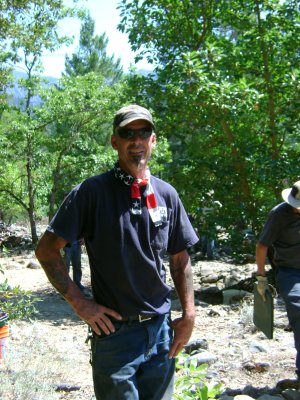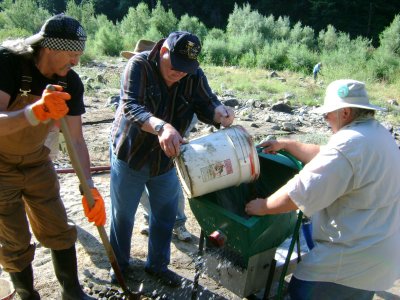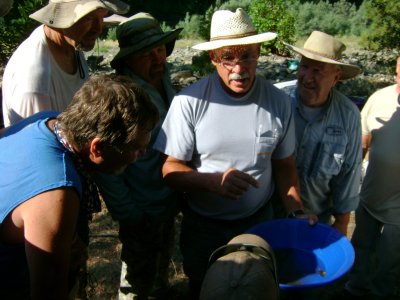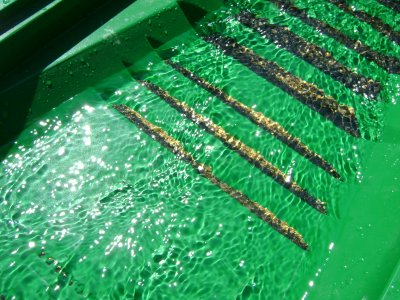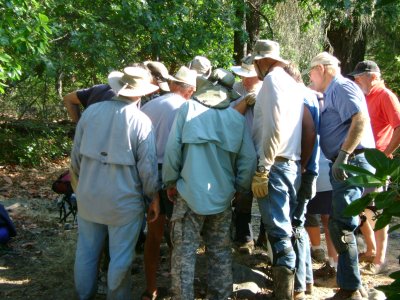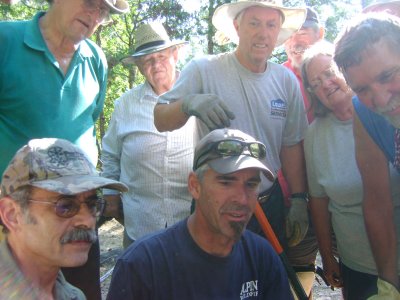San Bernardino Superior Court Judge Ochoa awarded California suction dredgers a huge win on January 12th by declaring California’s “scheme” of first passing a law that requires us to obtain a permit, and then passing another law making permits unavailable, as an unlawful interference with the intention of congress. This is truly a great win for all gold miners! Since we have invested so much for such a long time to get here, I strongly encourage you to read the decision.
Here is a shorter summary from our attorney.
There are different perspectives circulating around the industry on how this ruling will affect the coming 2015 dredging season. But I will voice my own opinion that at least until the California Supreme Court weighs in (or chooses not to) on the recent Rinehart Decision (we will know within a few weeks), I do not believe there is any chance the State of California could successfully prosecute any person for operating a suction dredge without a permit.
For your benefit and mine, it is important that I disclose that I am not a licensed attorney. So I cannot provide legal advice. Since there is not much certainty remaining these days when it comes to legal matters, it is important that we seek our own council from people we trust, and we must each find our own way.
My own opinion is that the end result of all this is going to hinge upon what the California Supreme Court decides to do about the State’s Petition for review of the Rinehart Decision, along with their request to have it de-published. There is much more about this in last month’s newsletter.
If the Rinehart decision is allowed to stand, my thinking is that a healthy portion of the ongoing litigation in San Bernardino will become insignificant, and the entire burden is going to be placed upon the State to come up with a reasonable set of regulations which protect their interests while not placing a material interference upon mining. In those instances where material interference is necessary (such as to protect an endangered species), the State will have to be willing to pay property owners for their losses.
Until they finally do come up with a reasonable permit scheme, it doesn’t appear that the State can successfully prosecute anyone for operating a suction dredge. Though I would not be surprised to see them make another try at it; we will have to see.
Stay closely tuned, because the California Supreme Court must decide whether to review Rinehart even before you will see the next newsletter. For those of you who want to stay updated, I suggest you join our free Internet Message Forum.
Today we have an important ruling in San Bernardino that basically has declared California’s existing permit “scheme” as unlawful and unenforceable. That sure is a long way from where we started!
Once again, I want to thank all of you who have supported this effort. It just goes to show that sometimes the good guys actually do win!
K-17A – China Point Claim
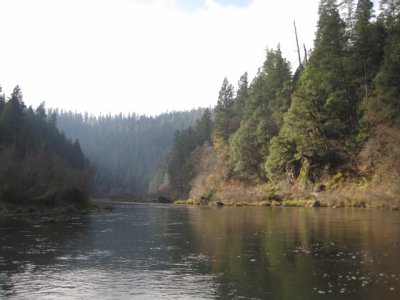
I am pleased to announce that we have acquired 2.4 miles of the Klamath River downstream of China Point and have extended the upper boundary of our Gordons Ferry property (K-18) another half-mile upriver. This adds nearly 3 miles to our extensive property holdings. These have already been added to our Claims Guide which is also available from the office.
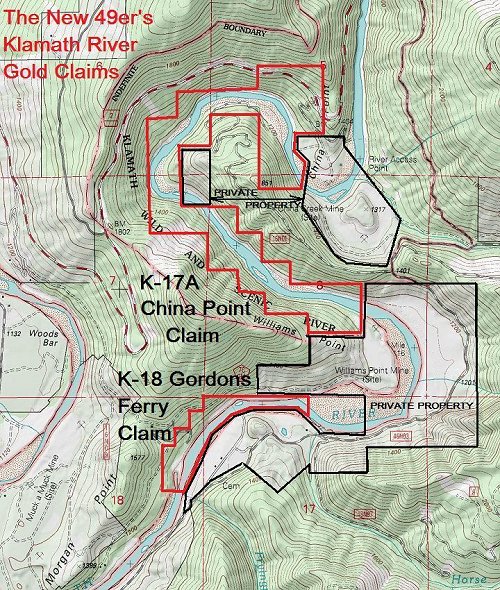
Pan samples there have turned up gold out of the exposed bedrock cracks, and the advanced sampling team was excited about trying out our new form of gravity mining and some booming in the areas where the old-timers left off.
This stretch of river is mostly a remote canyon that does not include dangerous rapids. Our advanced sampling team voyaged through by rubber raft and described the area as so remote; it reminded them of something out of the movie, Jurassic Park. Our initial impression is that the stretch is going to be ideal for crevice mining and suction dredging.
It’s still too early to tell, but our initial guess is that the best way to gain full access to this claim is by launching a raft or small boat from China Point River Access and then getting picked up later in the day (or week) at the river access on our Gordon’s Ferry Claim (K-18). The distance between the two points is just a little more than 3 beautiful miles. With the exception of a 1-mile stretch of private property (see maps), we have mineral access to the entire stretch. The floating distance is short enough that you could make day trips in and out of your mining site. Or, this would be a fantastic area to do some remote camping along the river. Here are some video sequences that will give you an initial look at the property:
There are just a very few long, remote stretches of the gold-bearing Klamath river that are not blocked by dangerous white water. In fact, this may be the only one. So we are very lucky to have it!
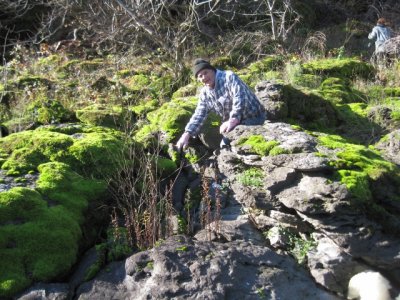
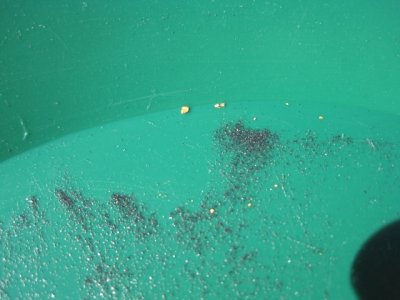
Some gold panned out of exposed bedrock
PROSPECTS: Because of remote access, we suggest almost no prospecting has taken place in this area during the modern age. Shortly before the dredge moratorium took effect in California, several of our members devoted about a month of dredging directly at the top end of this property. They were bringing their gold into the office for us to see; and the golden treasure they recovered, consisting of mostly large flakes and nuggets, took our breaths away! This is a very proven, rich section of the Klamath River, with gold mining history going back to the very early days. Members have done exceptionally well both in and alongside the river on our Gordon’s Ferry Claim just downriver.
PLP President, Jerry Hobbs, Passed Away on December 28
Note: parts of this announcement were borrowed from a GPAA announcement.
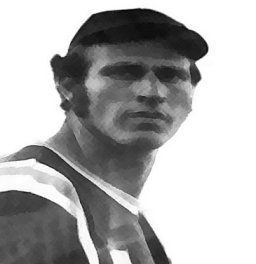 For those who have not heard, I am saddened to announce that Public Lands for the People (PLP) founder and president, Jerry Hobbs, has passed away after a long battle with kidney and heart disease. He was 71 years old.
For those who have not heard, I am saddened to announce that Public Lands for the People (PLP) founder and president, Jerry Hobbs, has passed away after a long battle with kidney and heart disease. He was 71 years old.
PLP is a land rights advocacy group. The membership-based, non-profit organization was established in 1990 and has been fighting to keep public lands open for multiple uses, including prospecting and mining. They are equally responsible for the recent legal battles we have won.
Jerry joined the U.S. Marines after graduating high school in Pueblo, Colo. After leaving the Marine Corps, he moved to California from Colorado and became involved in gold mining. He supported himself by dredging for gold in the Mother Lode region for several years and then moved to Azusa, Calif., where he opened a gold prospecting store, Azusa Gold.
Jerry was first and foremost a miner. He was tough, and he was strong. He believed in conservative principles, the U.S. Constitution and the Mining Law of 1872. He fought against big government interference in the daily lives of prospectors and miners. He was not afraid to speak up and stand up for the rights of others. He was a freedom fighter; and despite being delivered some knockout punches in life, he always rose to his feet for the next round. He never let down his guard. He was steadfast in his belief in the rights of the individual and was fiercely independent.
Jerry served as president of PLP for more than a decade until his passing. He also served as vice president under past presidents Barry Wetherby and Dee Stapp, both close personal friends. He was also friends with Pat Keene, who also was instrumental in forming PLP. Jerry had thousands of friends and supporters. While there is always some differing opinions on the sidelines of our industry, Jerry was highly regarded and respected by all of our industry leaders.
I first met Jerry in 1993 during the first attempt by the State of California to completely eliminate suction dredge mining. It was that dire situation which brought most or all of California small-scale mining community together in a united front. Barry Wetherby, Terry & Dee Stapp, Pat Keene, Jerry and several others were there representing PLP and the southern part of the state. Several other industry giants were present throughout that very tiresome and lengthy process: Ron Stockman was representing the Motherlode Miners Association and Goldhounds. Lyn Gunn, who was smarter than everyone put together, represented the Miners Alliance and the Trinity County area. Both Ron and Lyn passed on years ago. John Oats represented the Shasta Miners. There was a guy named Dennis Raft who represented GPAA. He’s also not around, anymore. I was representing The New 49’ers and the mining community of Siskiyou County. There were a few others that came and went. But I believe it would be safe to say that this was the first string of players who represented small-scale gold mining during the modern age in California.
The truth is that, between ourselves, we disagreed on nearly everything. The thing that held us together was the determination we all shared to save our industry. Serious gold miners are generally a hard-headed bunch of independent nonconformists. You are required to be this way to overcome Mother Nature’s formidable obstacles to recover golden treasure from the earth or the bottom of raging rivers. Miners are tough. We don’t like to ask for permission – from anyone. This is especially true about things we have the right to do in the first place! This nature places us in direct confrontation with government agencies and anti-mining activists that seek to make mining more difficult than it already is. We are fighting for freedom!
Our nature also often puts us at odds with each other on the different paths we could take to defend our industry. Jerry and I often disagreed on tactics. The same situation existed between most of us who were actively fighting for the industry back in the 90’s, and even today. None of us have ever disagreed on the ultimate destination. All or most of us have matured through the process, realizing that we can disagree without becoming enemies. I am certain that it was the combination of our separate approaches, along with the efforts of other industry leaders, and the overwhelming support of the industry, that saved our day in 1994 – and also during these more recent times. That initial very substantial effort kept our industry strong all the way until the suction dredge moratorium was imposed upon California in 2009. That was quite an accomplishment considering we did it without attorneys; something that would be impossible these days.
Most everyone knew Jerry during his later years as he was getting older and struggling with health issues. He just looked and acted like a good old guy (unless you got into an argument with him). That’s the reason I am printing the image of Jerry that was taken when his body was younger. That’s who he really was! Jerry was a warrior all the way to his last breath. And, although he would cringe at the thought of being called a martyr, there is no doubt that he sacrificed most of his life for the sake of others and to preserve the small-scale gold mining industry.
Above all, Jerry was a man of principle and was loyal to his members and the industry. He would not accept compromise! He believed miners have already given up too much ground.
Many people don’t know it was Jerry Hobbs that took up the fight to defend two small-scale miners on the South Fork of the Salmon River that ultimately resulted in the landmark Decision of Lex & Waggner. That case effectively neutralized an ongoing U.S. Forest Service policy of abusing miners on the public lands and ultimately resulted in the USFS Section 228 Rules that support our industry today.
Jerry was the first to take up the more recent fight to defend Brandon Rinehart who was being criminally prosecuted for having the courage to make a stand against California’s suction dredge moratorium. If Jerry had not taken the initiative to lead that charge, there is a reasonable chance we would not be where we are today.
If I had to sum up my own recollection of what Jerry said over and over again, sometimes loud enough to silence the whole room, it was this: “The government does not have the authority to materially interfere with mining on the public lands!” We all agreed with this. Our internal struggles have always been about how to get the government to see it our way. Jerry’s view above summarizes what the Third Appellate Court recently decided in Brandon Rinehart’s case. That was the most important win in support of small-scale mining in the modern age. And it is a fantastic legacy for the first wave of our industry defenders to leave behind. Most of them are gone now. But new leaders are emerging.
Jerry Hobbs fought harder than anyone else to get us here. I am so glad he lived long enough to see his dream come true. And I’m sure he is in a good place smiling at Judge Ochoa’s Decision this week.
Proline Donated a 4-inch Dredge to Our Next Legal Fund Drawing!
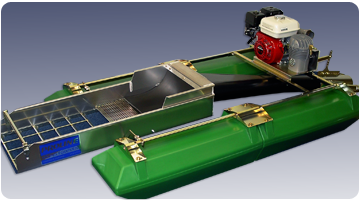
There will be 21 prizes in all:
Grand Prize: 4-inch Proline dredge
Twenty tenth-ounce American Gold Eagles.
Come on you guys; let’s make this the most successful fund-raiser in the history of our industry!
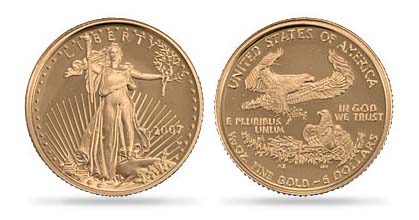 The New 49’ers Legal Fund drawing will take place just before the close of business at our headquarters in Happy Camp on Friday evening, 27 February 2015. You do not need to be a member of our organization to participate. You are welcome to be at the drawing, but you do not need to be present to win.
The New 49’ers Legal Fund drawing will take place just before the close of business at our headquarters in Happy Camp on Friday evening, 27 February 2015. You do not need to be a member of our organization to participate. You are welcome to be at the drawing, but you do not need to be present to win.
Our office will automatically generate a ticket in your name for every $10 legal contribution we receive ($100 would generate 10 tickets, etc.). There is no limit to the size or frequency of your contributions, or to the number of prizes you can win. Look for more information here:
Join us for our Weekend Group Mining Projects Next Season!
There is a learning curve to successful gold prospecting. One of the most effective methods of progressing through the learning curve is to go on prospecting adventures with others who more experienced than you are.
Our 2-day Group Mining Projects are one of the primary benefits of New 49’er membership which set us apart from other mining associations. All weekend events are free to Full & Associate Members.
Schedule of 2015 Events: June 6 & 7; June 27 & 28; July 18 & 19; August 8 & 9; and August 29 & 30.
Sign up for the Free Internet Version of this Newsletter
We strongly encourage you to sign up for the free on line version of this newsletter. The Internet version is better. This is because you can immediately click directly to many of the subjects which we discuss; because the on line version is in full color; because we link you directly to locations through GPS and Google Earth technology; and because you can watch the free video segments which we incorporate into our stories. Actually, the video segments show the adventures better than I can write them!
Signing up also places you on our Political Action Team. Things happen so fast these days; it takes too long to organize political action through the U.S. mail. As an example, in a matter of hours, we generated a big portion of the recent letters to the California Supreme Court by contacting our supporters this way. All of these future battles will be organized over the Internet since it is so much faster. Please join us in the battle to maintain our remaining freedoms!
Sign up for our Free Internet Newsletter!
The New 49’ers Prospecting Association, 27 Davis Road, Happy Camp, California 96039 (530) 493-2012 www.goldgold.com



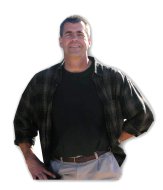

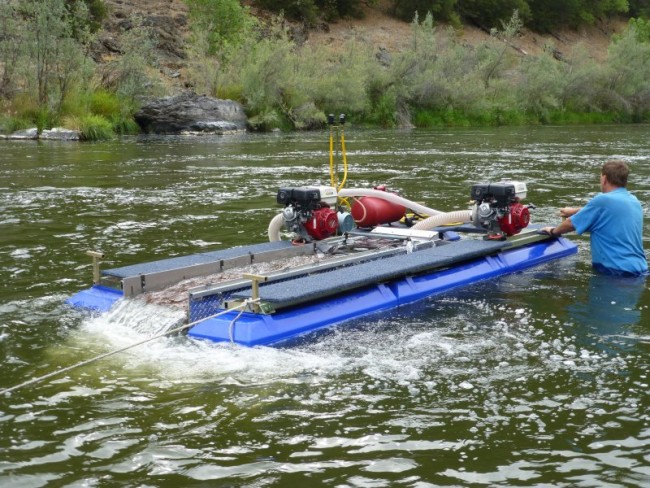
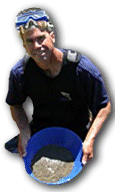
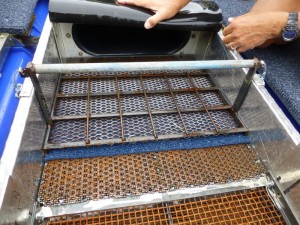
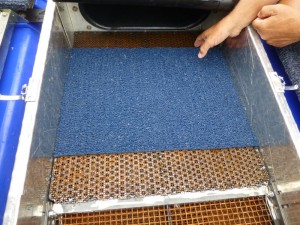
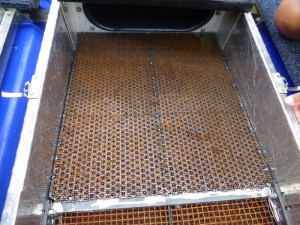
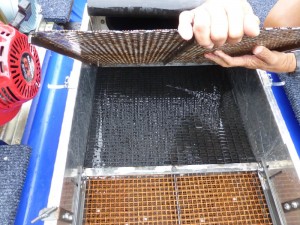
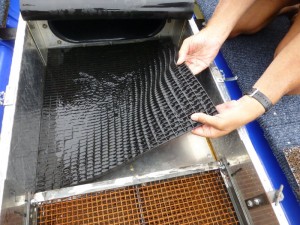
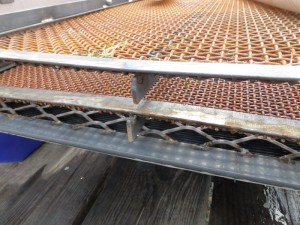
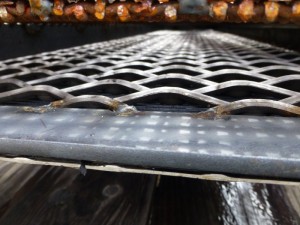
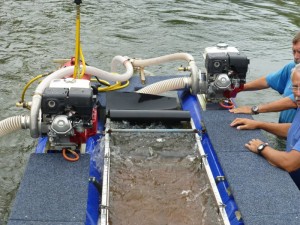
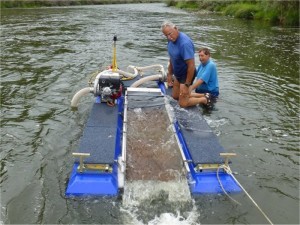
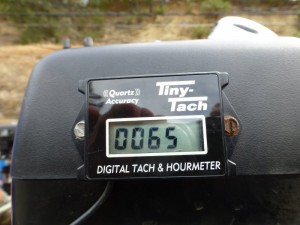
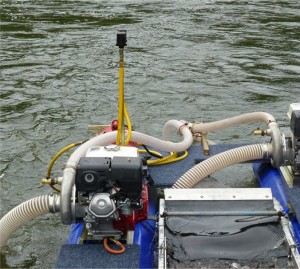
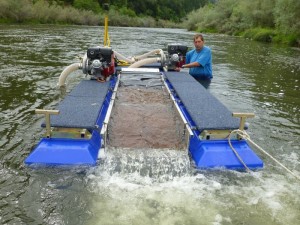
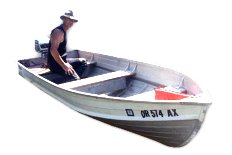
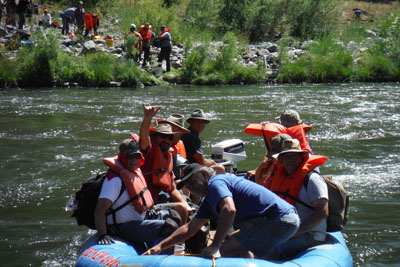
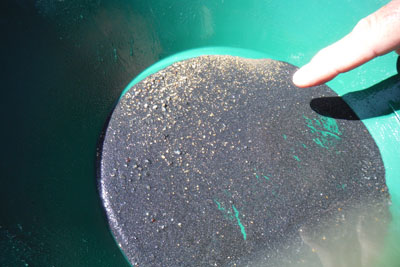
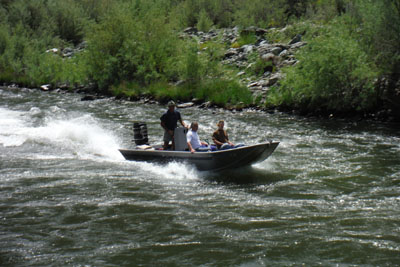
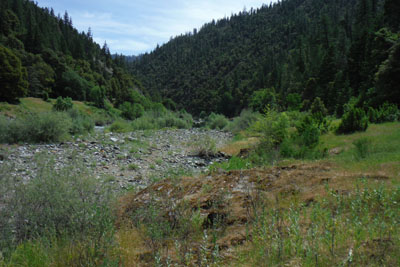
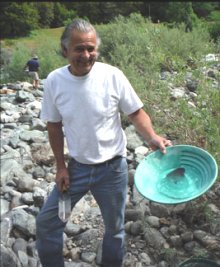
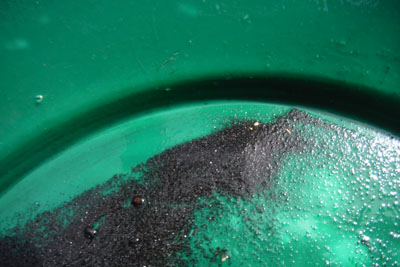
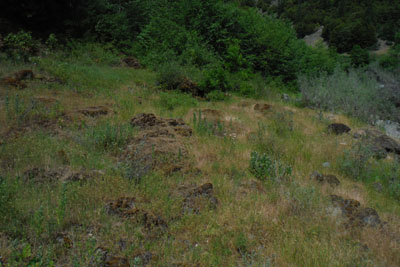
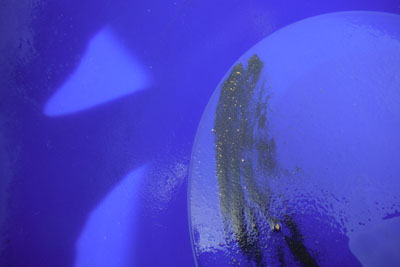
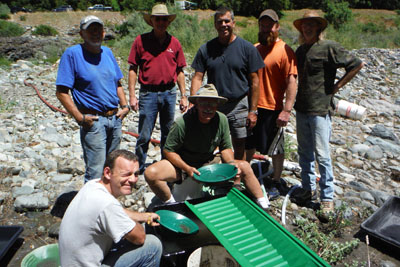
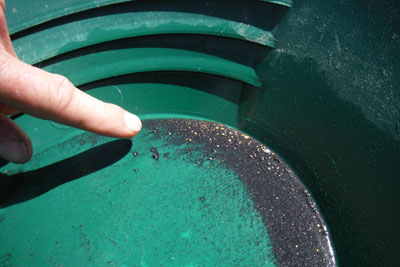
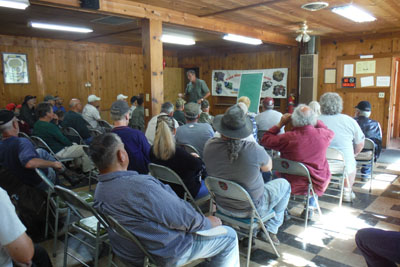 A few hours later, we had all the recovery gear set up on the far side of the river. John Rose wanted to do a small production run just to be sure everything was going to work when we arrived with an army of 70+ people. It is always better to be safe than sorry! We dug up a bucket of the sandy pay-dirt, directed it through an
A few hours later, we had all the recovery gear set up on the far side of the river. John Rose wanted to do a small production run just to be sure everything was going to work when we arrived with an army of 70+ people. It is always better to be safe than sorry! We dug up a bucket of the sandy pay-dirt, directed it through an 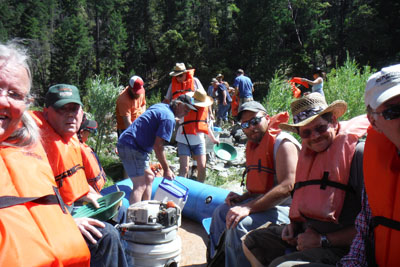
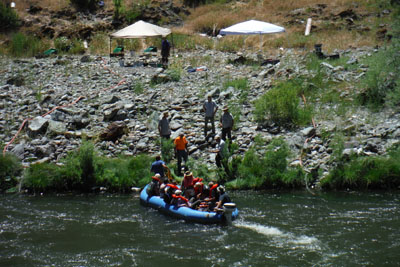
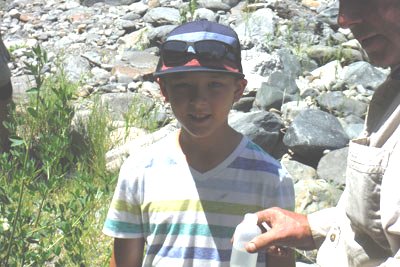
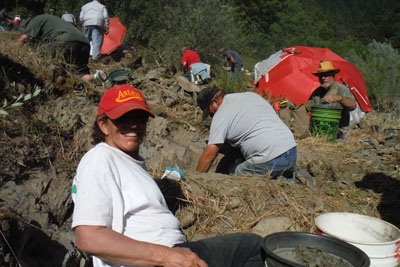
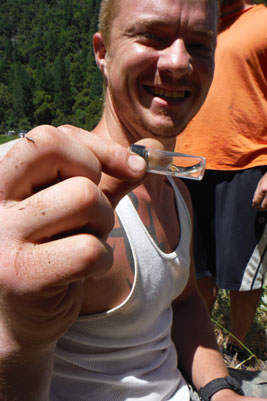
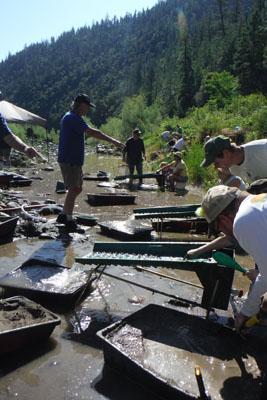
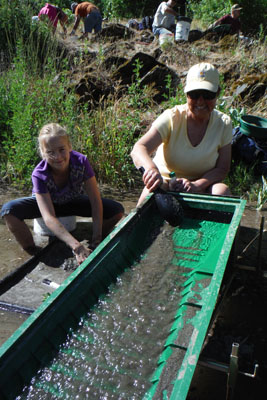
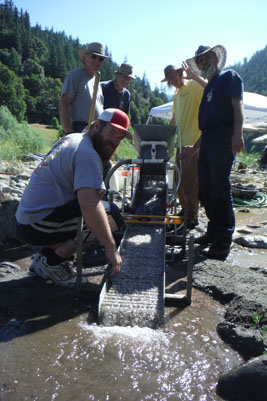
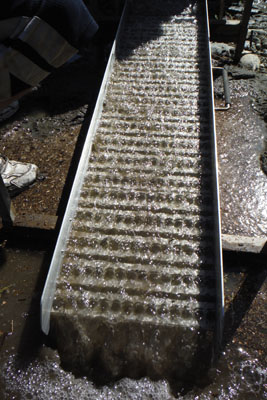
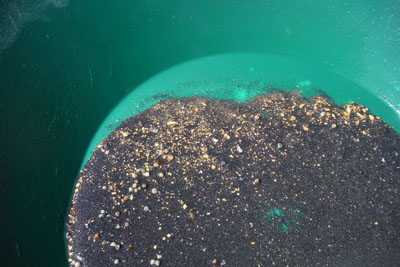
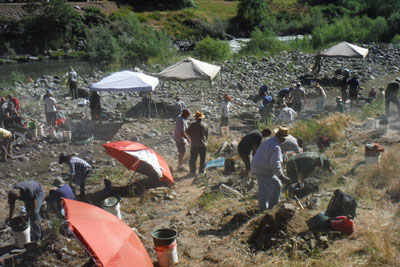

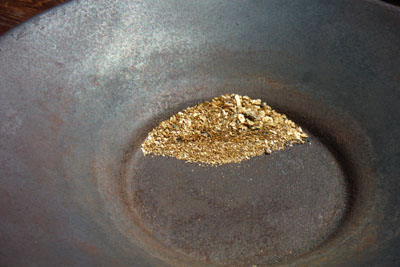
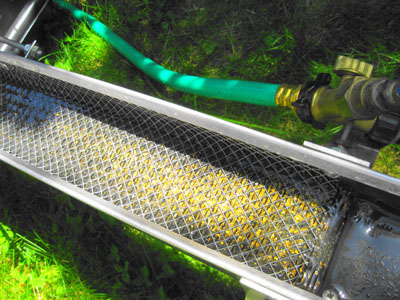
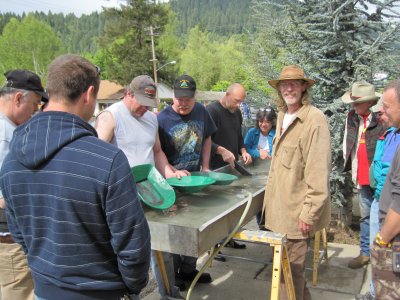
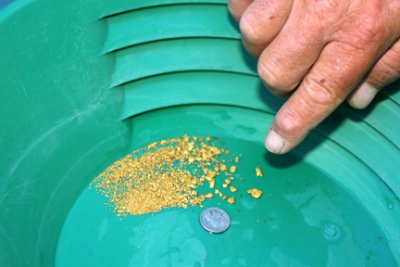
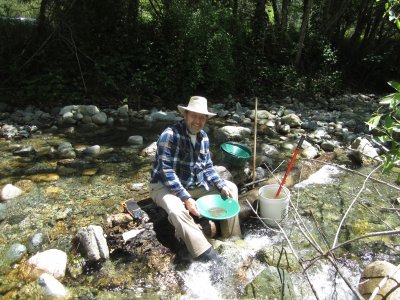
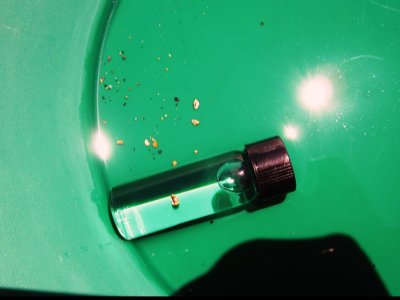
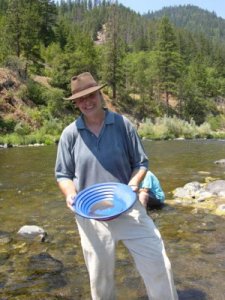
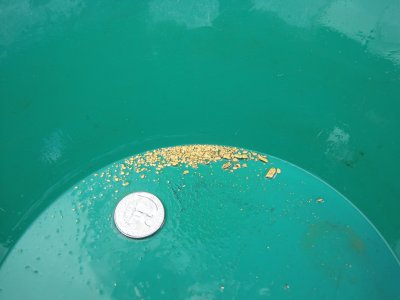
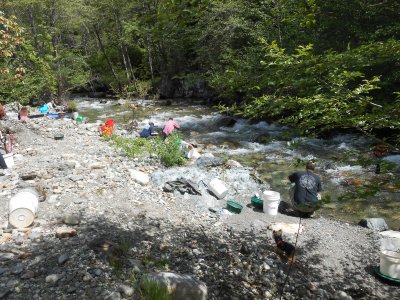
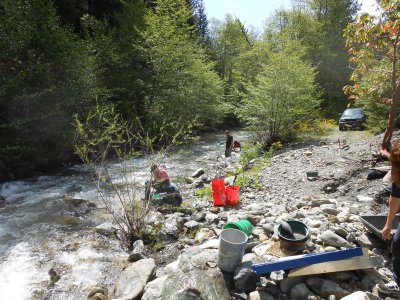
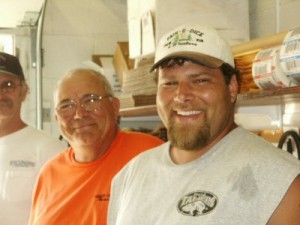 John Rose, one of my
John Rose, one of my 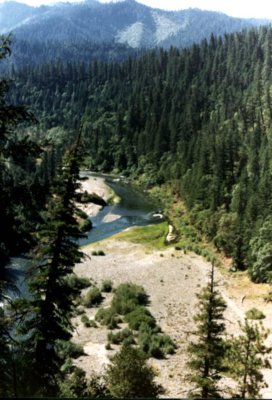
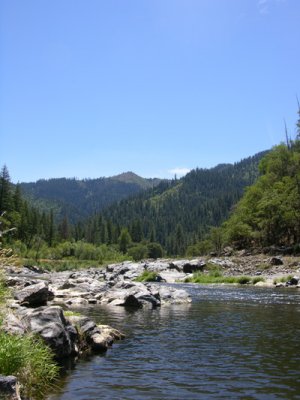
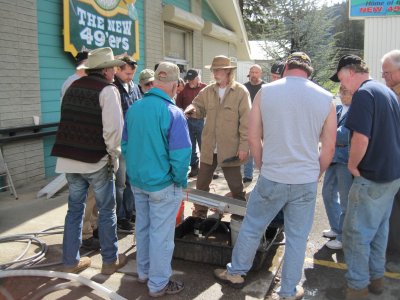 Over the past couple of years, a few members have shown some interest, and have actually used small boats and kayaks to prospect on the other side of the river. Lower and slower waters this year have caused several of our members to take that idea more seriously. A couple of the members are already making plans to coordinate their efforts and work together to place their vehicles in position so they can shuttle their equipment and kayaks after they drift the river sampling our claims on the far side. Stuart Allen told me that he called his girlfriend and asked her to bring his kayak down on her next trip. Stuart has convinced me to get my kayak out and join him.
Over the past couple of years, a few members have shown some interest, and have actually used small boats and kayaks to prospect on the other side of the river. Lower and slower waters this year have caused several of our members to take that idea more seriously. A couple of the members are already making plans to coordinate their efforts and work together to place their vehicles in position so they can shuttle their equipment and kayaks after they drift the river sampling our claims on the far side. Stuart Allen told me that he called his girlfriend and asked her to bring his kayak down on her next trip. Stuart has convinced me to get my kayak out and join him.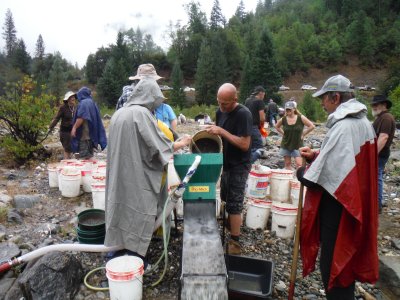
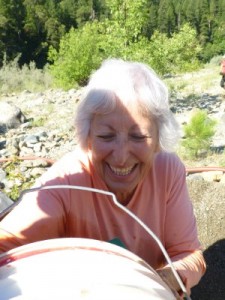
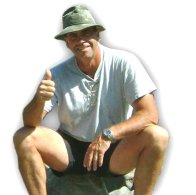
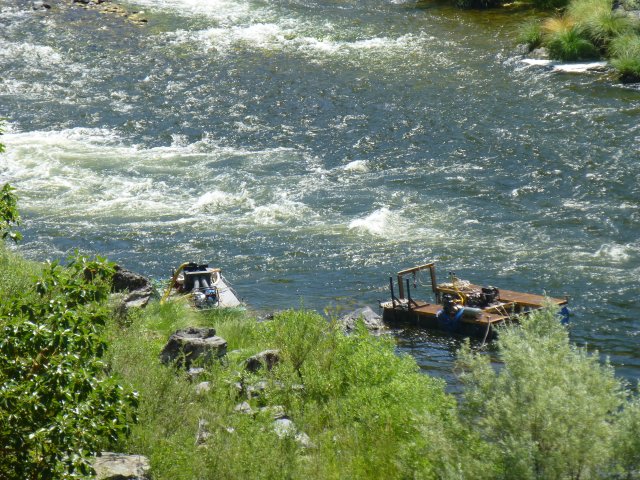
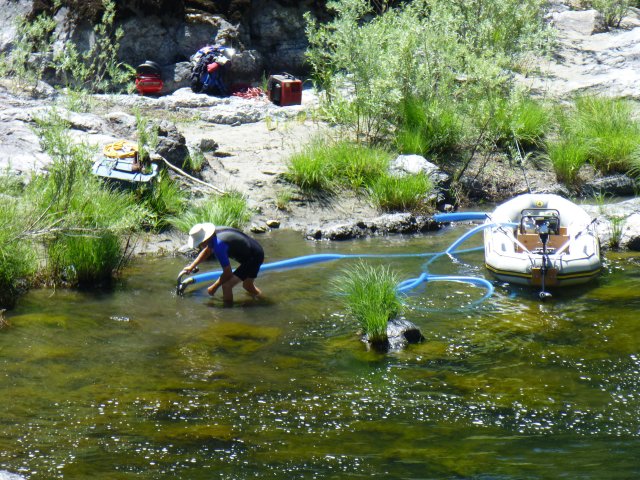
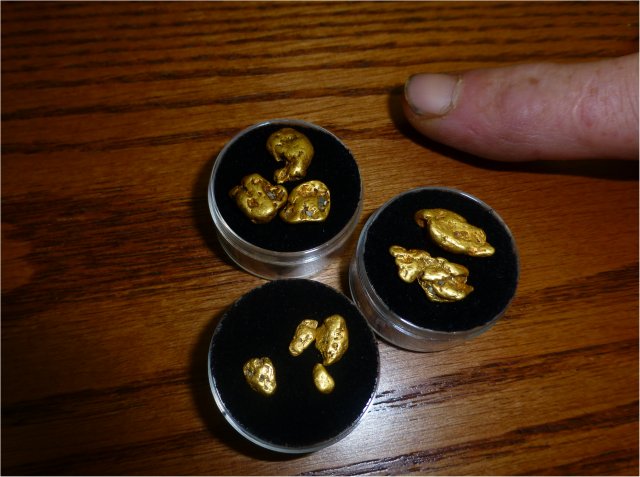
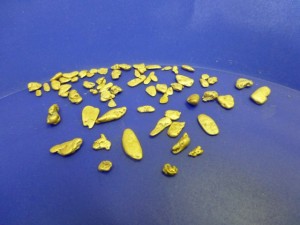


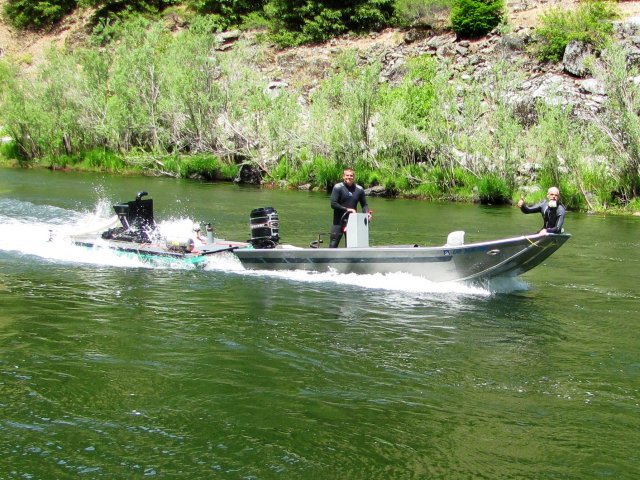


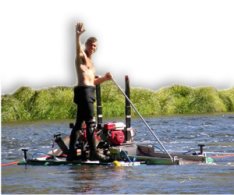
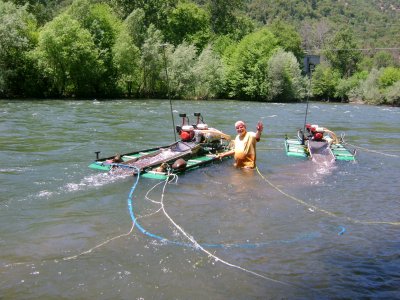
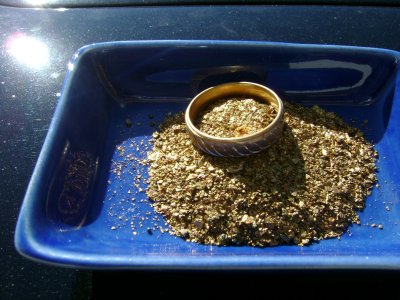
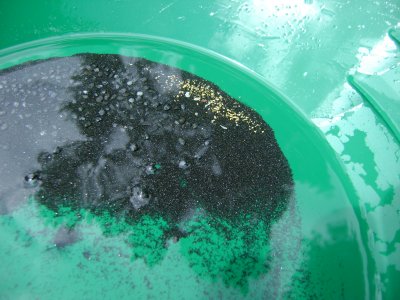 Here was the gold from a handful of material from the upper-end of the sluice; definitely a good sign!
Here was the gold from a handful of material from the upper-end of the sluice; definitely a good sign!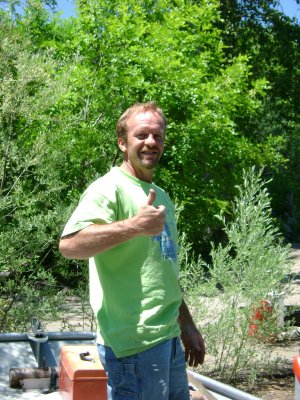 Jim Yerby captured our
Jim Yerby captured our 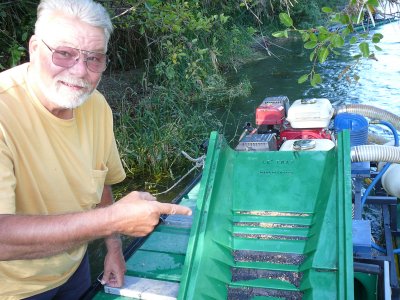 Important note: You have to be extra careful when working with any ropes in moving water to make sure there are no loose ends or unattached lengths of rope that you or your airline can get caught up in. When working in deep and/or fast water like this, you should also rig
Important note: You have to be extra careful when working with any ropes in moving water to make sure there are no loose ends or unattached lengths of rope that you or your airline can get caught up in. When working in deep and/or fast water like this, you should also rig 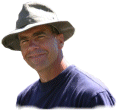
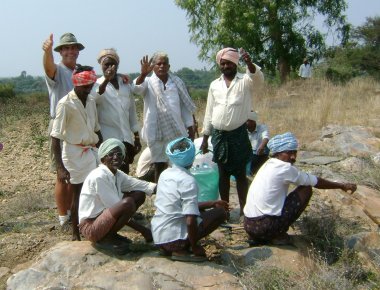
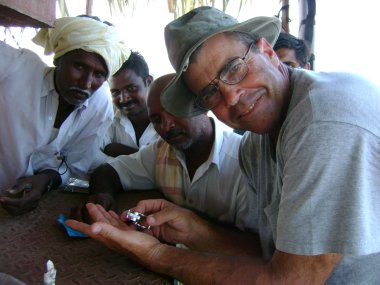
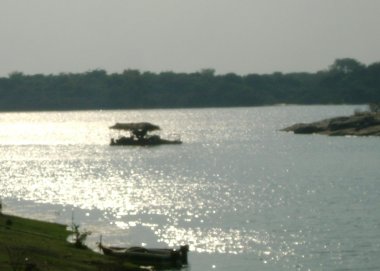
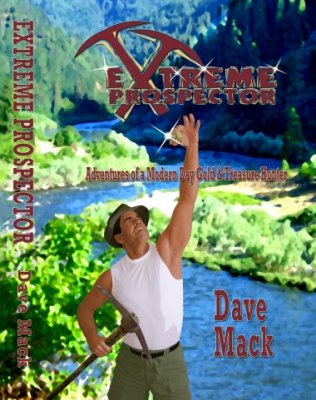
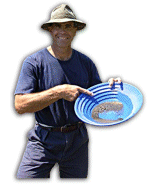
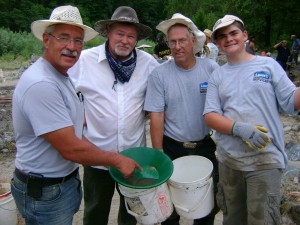
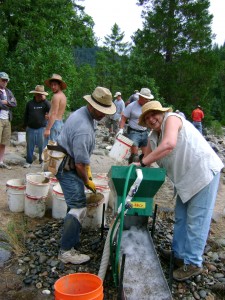
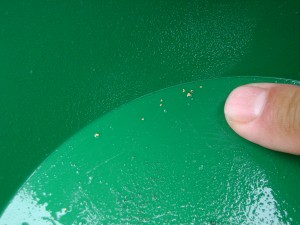
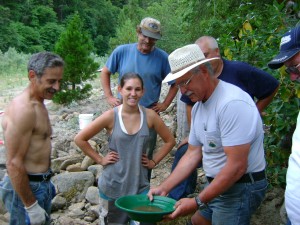
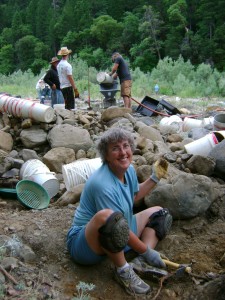
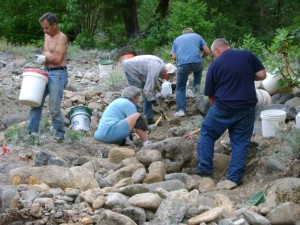
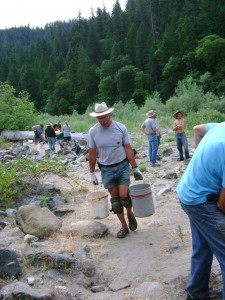
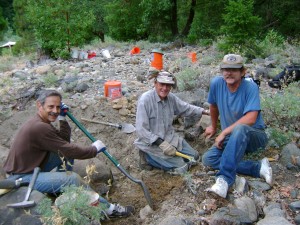
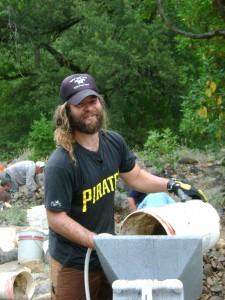
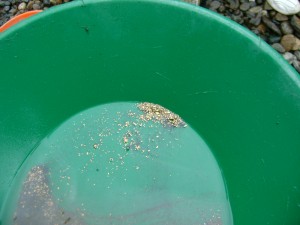 It starts getting pretty hot out on the bar by about noon. So that’s normally about the time we are shutting things down and going into our final clean-up stages. By “
It starts getting pretty hot out on the bar by about noon. So that’s normally about the time we are shutting things down and going into our final clean-up stages. By “